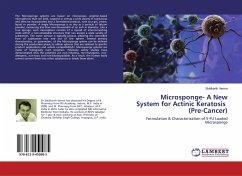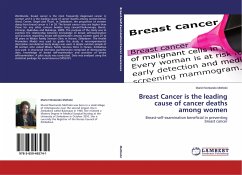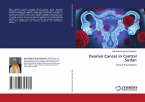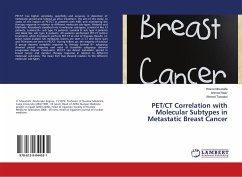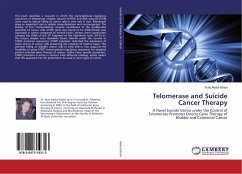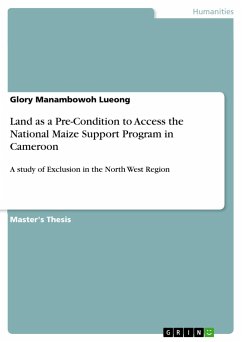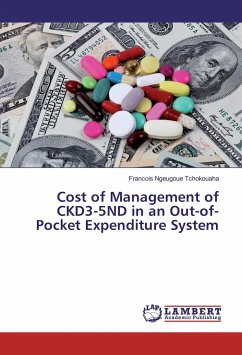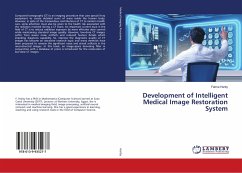The Microsponge systems are based on microscopic, polymer-based microspheres that can bind, suspend or entrap a wide variety of substances and then be incorporated into a formulated product, such as a gel, cream, liquid or powder. A single Microsponge is as tiny as a particle of talcum powder, measuring less than one-thousandth of an inch in diameter. Like a true sponge, each microsphere consists of a myriad of interconnecting voids within a non-collapsible structure that can accept a wide variety of substances. The outer surface is typically porous, allowing the controlled flow of substances into and out of the sphere. Several primary characteristics, or parameters, of the Microsponge system can be defined during the production phase to obtain spheres that are tailored to specific product applications and vehicle compatibility51. Microsponge systems are made of biologically inert polymers. Extensive safety studies have demonstrated that the polymers are non-irritating, non-mutagenic, non-allergenic, non-toxic and non-biodegradable. As a result, the human body cannot convert them into other substances or break them down.
Bitte wählen Sie Ihr Anliegen aus.
Rechnungen
Retourenschein anfordern
Bestellstatus
Storno

